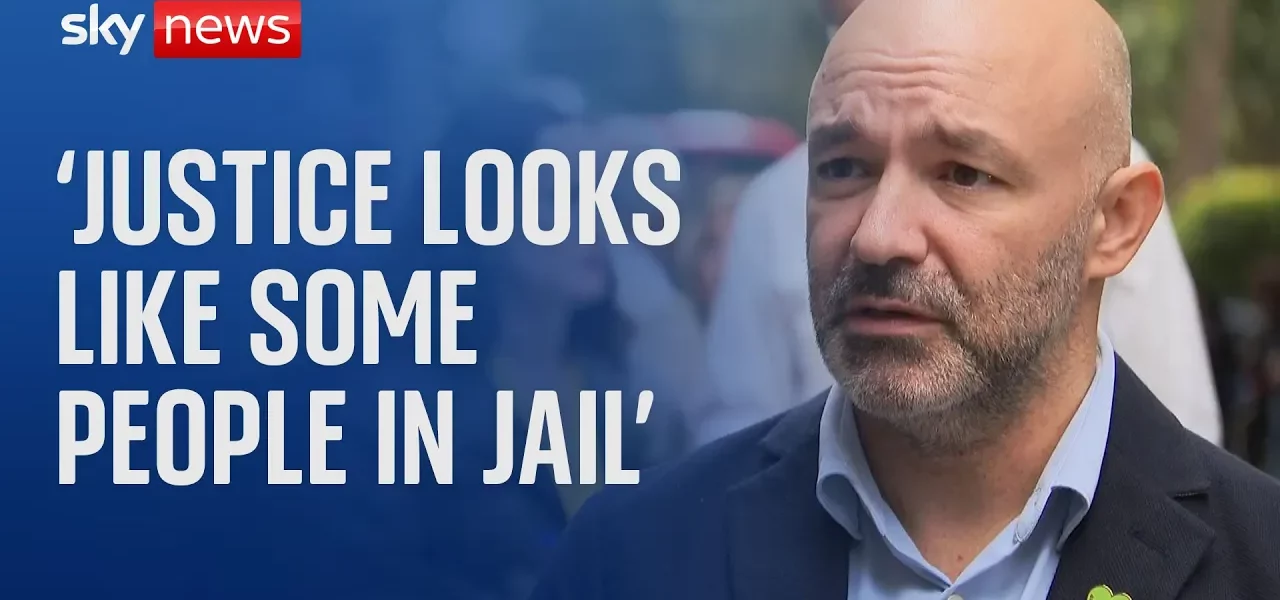Grenfell Tower Fire Inquiry Report: Accountability and Community Impact

The Grenfell Tower fire tragedy on June 14, 2017, claimed the lives of 72 individuals and has left a lasting imprint on the community of North Kensington. This article delves into the findings of the inquiry report, the personal stories of the victims, and the urgent call for accountability and change from the survivors and families affected by this catastrophic event.
Introduction
The Grenfell Tower fire was not merely an accident; it was a preventable disaster that exposed significant failures in building safety regulations and community support. Seven years later, the pain and loss felt by the families of the deceased remain profound. The inquiry report sheds light on the series of missteps that led to the loss of 72 lives, emphasizing the need for systemic change to ensure such a tragedy does not occur again. This section will explore the critical findings of the report and the personal narratives that underscore the human cost of negligence.
Understanding the Tragedy
The Grenfell Tower fire was a catastrophic event that could have been averted. Key factors contributing to the disaster included:
- Poor building regulations and safety standards.
- Inadequate fire safety measures in high-rise buildings.
- A lack of accountability among construction and regulatory bodies.
The Victims and Their Stories
Among the 72 victims were individuals from diverse backgrounds, each with a unique story. Their lives were intertwined with the community, and their absence has left a void that is felt deeply by their families and friends. For instance, Moses, described as a gentle soul, played a protective role in his community, demonstrating the interconnectedness of lives within Grenfell Tower.
Key Findings from the Inquiry Report
The inquiry report released recently has provided crucial insights into the events leading up to the fire. Here are some of the major findings:
- Systematic Failures: The report detailed a series of failures over several years that allowed unsafe practices to continue unchecked.
- Accountability: The inquiry named key players in the construction and regulatory processes, highlighting their roles in the tragedy.
- Community Impact: The report emphasized the long-lasting trauma experienced by survivors and the bereaved, affecting their mental health and community cohesion.
Calls for Justice and Change
Survivors and families have expressed a need for substantial changes in building regulations and accountability measures. Many community members are advocating for:
- Stricter enforcement of fire safety regulations.
- Individual accountability for those involved in the construction and management of Grenfell Tower.
- Changes in corporate manslaughter laws to ensure that fines lead to real consequences.
The Community’s Response and Future Steps
The community’s response to the inquiry report has been one of cautious optimism but also a demand for tangible results. Key actions being sought include:
- Public Awareness: Increasing public awareness about fire safety and building regulations.
- Policy Reforms: Advocating for policy reforms that prioritize the safety of residents in high-rise buildings.
- Support for Survivors: Ensuring ongoing support for survivors and families affected by the tragedy.
Community Solidarity
On the anniversary of the fire, community members came together to honor the victims and emphasize their commitment to ensuring that such a tragedy never happens again. This solidarity is crucial for the healing process and for pushing for the necessary changes.
Conclusion
The Grenfell Tower fire inquiry report serves as a sobering reminder of the consequences of negligence and the urgent need for accountability in building safety. For the survivors and families of the victims, the road to justice is just beginning. They seek not only answers but also meaningful change to prevent future tragedies. As a community, it is imperative to recognize these demands and work collectively towards a safer future. To learn more about building safety and community advocacy, visit our related articles.
“`




